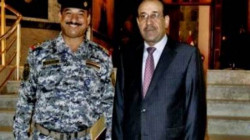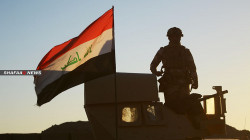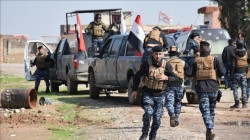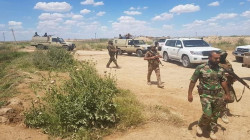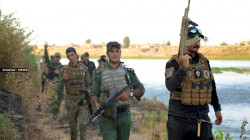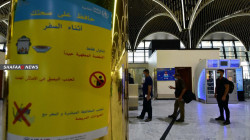Mosul mayor defends multi-billion art project after online controversy
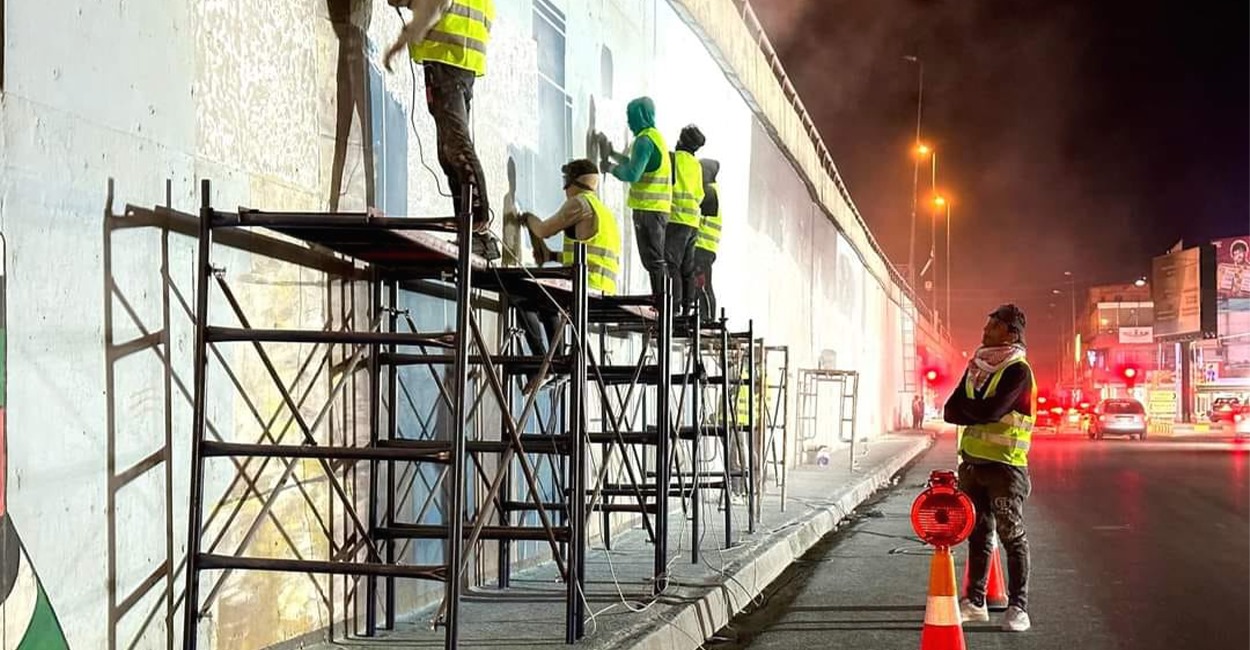
Shafaq News/ Mosul Mayor Abdul Sattar al-Habou on Sunday addressed online controversy surrounding a "Panorama" project depicting Assyrian civilization in the war-scarred city.
The project, awarded under the previous governorate, involves a 5,000 square meter mural representing elements of Assyrian civilization near an archaeological site, according to al-Habou speaking to Shafaq News Agency.
A leaked document revealed that the Assyrian mural on the University Bridge costs nearly two billion Iraqi dinars ($1.4 million) funded by the"2023 stabilization budget". This sparked discussions about the project's cost and artistic merit among social media users.
Al-Habou defended the project, highlighting its "potential benefits for Mosul's cultural landscape and tourism development." He assured the public that "the project underwent a thorough review process and secured all necessary approvals."
Located 465 km northwest of Baghdad, Mosul is the center of the Governorate of Nineveh that was well known for its commercial prominence and its culturally diverse population. Its Old City is located on the West Bank of the Tigris River opposite the archaeological remains of the ancient Assyrian City of Nineveh and the mosque and shrine of Nabi Younis (Jonah’s Tomb).
Mosul had a strategic location, connecting China to the east with the Mediterranean to the west, and Anatolia to the north, with Mesopotamia to the south. It became a regional center on an important route connecting Baghdad and Samarra, two capitals of the Abbasid Empire, with the northern governorates and the eastern Mediterranean. The city reached the pinnacle of its influence and development under the rule of the Seljuk Zengids (Atabeg dynasty) in the 12th century AD. In subsequent centuries, the old city, surrounded by a wall until the 19th century, retained the medieval architecture and layout of its historic nucleus to which Ottoman buildings were added. Until very recently, Mosul was one of the most populous urban centers of the region, and, it was known for its places of knowledge and learning, commerce and exchanges. Its Old City was distinguished by its medieval city plan, the concentration of Islamic buildings spanning the 12th to the 19th century, religious buildings of other religious communities (particularly Christian), Ottoman domestic architecture and an extraordinary multifarious ethnic and religious mixture of inhabitants.
The Old City of Mosul, with its intricate labyrinth of small streets used to be a very well-preserved heritage environment. In contrast to other towns in Iraq, it had been little affected by modernization, and retained much of its traditional ethnic and religious heterogeneity. The network of streets, alleyways and cul-de-sacs represented one of the best examples of the spontaneously-grown pattern of cities in the Middle East. All of the buildings, together with the domestic architecture and medieval urban plan, gave Mosul a distinctive cityscape.
Mosul, and particularly its Old City, is the physical representation of the cultural diversity that characterized Iraq. Throughout 2500 years, Mosul was the melting pot of diverse cultures and groups, representing Iraq’s pluralistic identity and co-existence among its various ethnic, linguistic, and religious groups. This is due to the fact that most, if not all, of the various components of Iraq’s society were represented in Mosul. Before the takeover of Mosul in June 2014 by ISIL/Daesh, and the subsequent battle for its liberation, the Old City of Mosul was a physical reflection of this diversity due to its abundant shrines dedicated to various religious figures – some of whom are revered by the three monotheistic religions – as well as its numerous, churches, mosques, madrassas and cemeteries.
